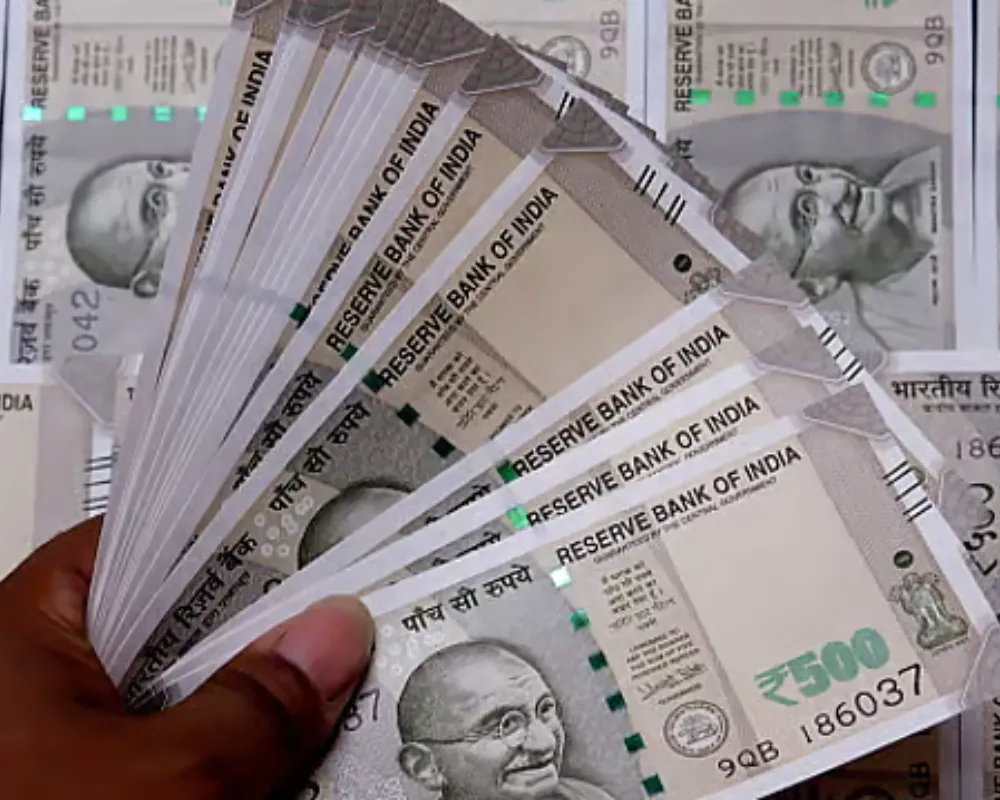The Indian rupee faced renewed pressure in early August 2025, weakening beyond the 87 per US dollar mark—the lowest since the record lows of February this year—as markets react to escalating trade tensions with the United States and a dovish stance from the Reserve Bank of India (RBI).
This depreciation is largely driven by US President Donald Trump’s imposition of a 25% tariff on a wide array of Indian goods starting August 1, 2025, following failed trade negotiations. Adding to the strain, Trump issued warnings to increase levies further on certain sectors, notably targeting India’s purchase and re-export practices related to Russian energy products.
Prime Minister Narendra Modi has pushed back firmly, underscoring India’s need to source energy and raw materials from the most favorable and reliable suppliers amid uncertain global conditions. This trade friction has unsettled investors, contributing to volatility in India’s currency markets.
On the monetary front, inflation data delivered a surprise as consumer price inflation fell to a six-year low of 2.1% in July 2025—well below the RBI’s lower tolerance band of 2%. This unexpected easing signals subdued price pressures but also dampens expectations for RBI rate hikes.
Market analysts now widely anticipate further policy rate reductions from the RBI in the coming months to support growth, reinforcing the softer monetary outlook that could weaken the rupee further as foreign investors adjust their holdings and capital flows.
The INR/USD exchange rate climbed to around 87.63 on August 4, 2025, marking a 0.53% increase from the previous trading session. Over the past month, the rupee weakened approximately 2% against the US dollar, while it has depreciated about 4.3% on a year-to-date basis.
Looking ahead, analysts forecast the rupee will continue trading under pressure near this range, potentially reaching 88.6 within the next 12 months if trade tensions persist and RBI maintains an accommodative stance.
This currency volatility holds broad implications for India’s import-dependent economy, potentially raising input costs and inflationary risks for sectors reliant on petroleum and capital goods. Exporters, while benefiting from a subdued rupee, face offsetting risks from reduced global demand amid trade conflicts.
In summary, the Indian rupee’s downturn reflects a convergence of geopolitical and domestic monetary factors. US trade policies and tariff shocks have unsettled market sentiment, while the RBI’s dovish policy amid low inflation keeps broader economic recovery prospects uncertain. Investors remain watchful for further developments as India navigates these complex challenges.







Leave a Reply